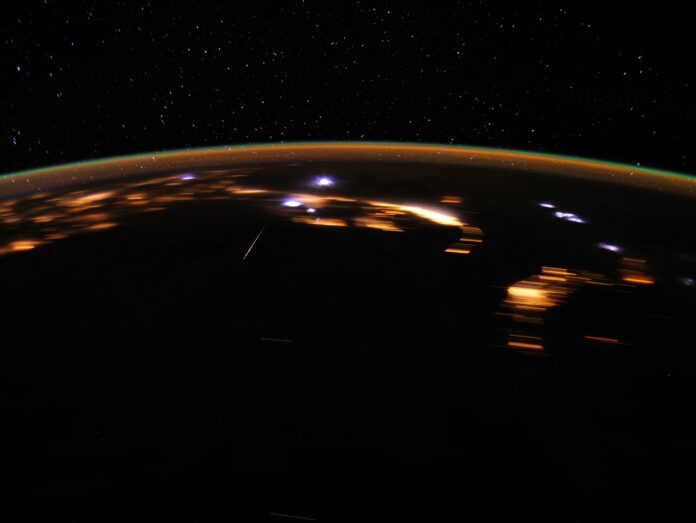You might wish to mark your calendar for the upcoming nights if you enjoy stargazing. One of the oldest meteor showers, known as the Lyrids, is anticipated to reach its peak from April 21st to April 23rd, delivering up to 20 meteors per hour. Here is all the information you require regarding this amazing celestial display.
The Lyrids are caused by debris from Comet Thatcher, which orbits the sun every 415 years. As the Earth passes through the comet’s dusty trail, some of the particles burn up in the atmosphere and create bright streaks of light across the sky. The Lyrids are named after the constellation Lyra, which is where they appear to originate from.
The best time to watch the Lyrids is between midnight and dawn, when the sky is darkest and the radiant point is highest. You don’t need any special equipment to enjoy the show; just find a comfortable spot away from city lights and look up. Be patient and let your eyes adjust to the darkness for about 20 minutes. You might also want to bring a blanket or a chair to keep warm and cozy.
The Lyrids are known for their fast and bright meteors, some of which can leave glowing trails or fireballs. They can also produce occasional outbursts of up to 100 meteors per hour, but these are unpredictable and rare. The last major outburst occurred in 1982. The Lyrids are also affected by the moon phase, which can wash out some of the fainter meteors. This year, the moon will be in its waning gibbous phase, which means it will be about 70% illuminated and rise after midnight.
The Lyrids are a wonderful opportunity to witness one of nature’s most dazzling displays. They are also a reminder of our connection to the cosmos, as we share the same space with ancient comets and stars. So don’t miss this chance to catch a glimpse of some shooting stars and make a wish!






